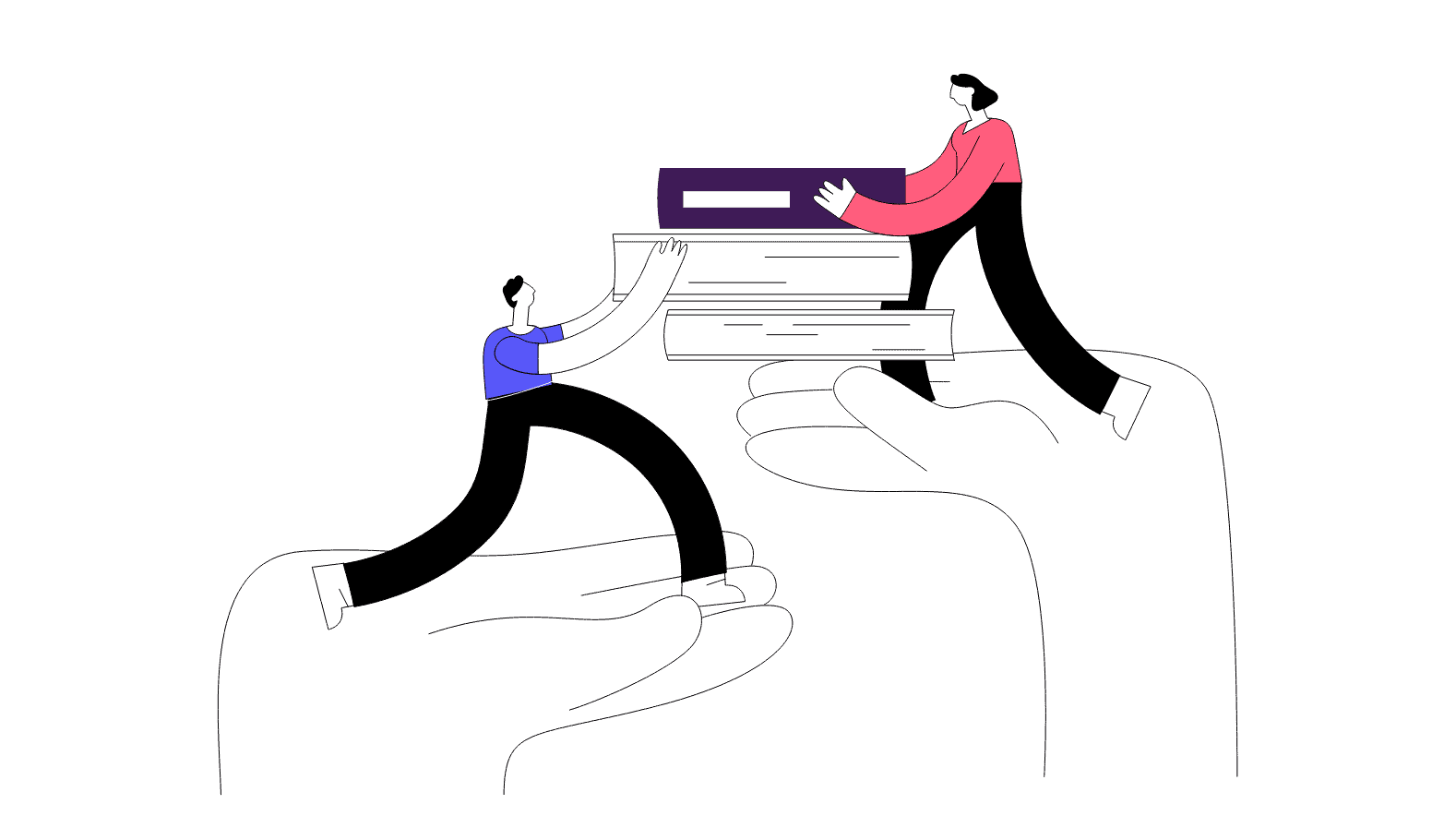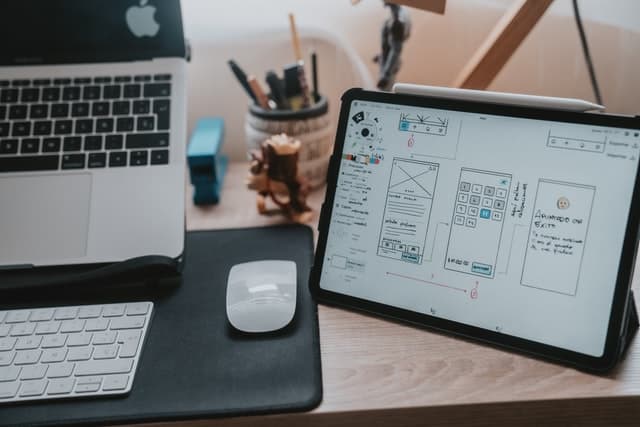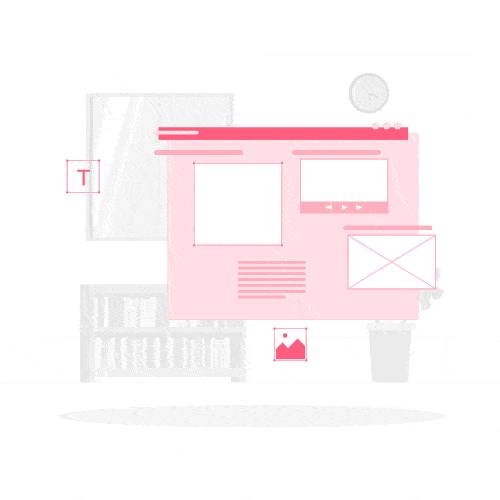
Behavior science in user experience design (Behavioral design) is focused on behavioral research knowledge — ideas of human behavior that apply to all users.
Users must actively access an app or software program for it to be functional. How many times have you heard horror stories about businesses investing heavily in developing an app or device only to fail to get customers to use it? It is possible that the user interface is paradoxical. Or maybe what users said they needed was not what they truly wanted at all.
Whatever the reason for dismissal, the new software languishes since it does not strike a chord with consumers. Alternatively, the enterprise corporation invests far more resources in recruitment. It expends considerable time and energy persuading rogue workers to join the team.
Expertise in behavior science
However, a little experience can be harmful. And we want to stop misapplying ideas that might have severe implications in our citizens’ lives. The issue is that the body of expertise in behavioral science is vast.
The main challenge for any designer tasked with “trying to use some behavioral psychology in your design process.” It is the first thing to first learn about so many of these behavioral concepts before finding out how to apply them to the layout of business activities and online platforms.
Just before the COVID-19 pandemic, a UX professional’s exposure to applied behavior science was often a result of the situation. People in cities with a higher concentration of behavioral UXers may run into them and their work at local events.
Behavioral psychology is a problem-solving strategy

Targeted behavior science programming for UX practitioners was accessible, but it often necessitated travel. Now that remote activities have become the standard, the only regional barrier to accessing fun behavior science UX material is time zone-related.
Behavioral architecture considers the fact that customers are poor predictors of their own behavior.
Due to a plethora of contextual biases, and delves further into the psychology of decision-making behavioral research.
This enables behavioral scientists to understand better the gap between what people think and what they do.
They use their results to purposefully direct product, app, and program design decisions.
Finally, behavioral psychology is a problem-solving strategy that employs insights from the field of behavioral analysis to formulate and design strategies that alter behavior (for good).
Behavior science has been gaining traction as a UX discipline for some time. The COVID-19 and the transition to remote cooperation have intensified it.
More companies will carve out a particular position for individuals in behavior science experience over the next five years.
Simultaneously, many UX experts will incorporate behavior science resources into their toolboxes. We can see the development of the behavior analysis scientist as a UX discipline as a result of the top-down and bottom-up dynamics.
Behavioral design is beneficial
Behavioral design is focused on behavioral research knowledge — ideas of human behavior that apply to all users. Developers should create a user experience (UX) based on proven examples of why users do what they do, making the app more fun to use.
They will also use behavioral habits to construct tech interfaces that encourage users to use them further. The behavioral design makes use of what we know about the neural loop. It is a stimulus that initiates a ritual (behavior) that results in a reward. Rewarding behavior replicates.
Virtual media can affect how people live, communicate with resources (including health care), and socialize for as long as the environment is concerned with COVID. Virtual would almost certainly play a greater role in the post-COVID era than it did before when people understand that it is more accessible and reduces barriers to inclusion.
People engage with interactive worlds in their own world, which adds a fascinating challenge to creating and delivering them. It is difficult to orchestrate the specifics of an experience remotely in the same manner as it can be done in person.
The outlook for behavior science and user experience designers looks promising!

Five to ten years from now, UX teams will have participants whose primary title applies behavior analyst. There are many others who have attached behavior analysis expertise to their trades as researchers, graphic artists, and so on.
Since behavior science is a constantly evolving discipline, new sub-specialties or approaches to UX can emerge. There would be no single paradigm for an applied behavior scientist.
NOTE– Behavior scientists also consider inspiration and perception. It aids them in determining how an event produces by an algorithm to yield the best outcomes.
Algorithms and machine learning are more than just math; they are programming methods that are influenced by and can influence human actions.
We do it for you!
This is an excellent moment for UXers who wish to be a part of the applied behavior research movement. A burgeoning culture awaits your arrival. Trusted by many user experience professionals, we serve you better. Check out our social media for regular updates on the new blogs.
Also Read:
5 factors and reasons differentiating User Experience ( UX ) vs. Customer Experience ( CX ) and how CX vs UX take your business next level.
Study the different health and technological benefits of enabling Dark Mode on your website and how it is here to stay. Read Now!
Do you want behavioral economics related idea to kickstart? Learn fundamental rules you can’t afford to ignore about behavioral economics.





